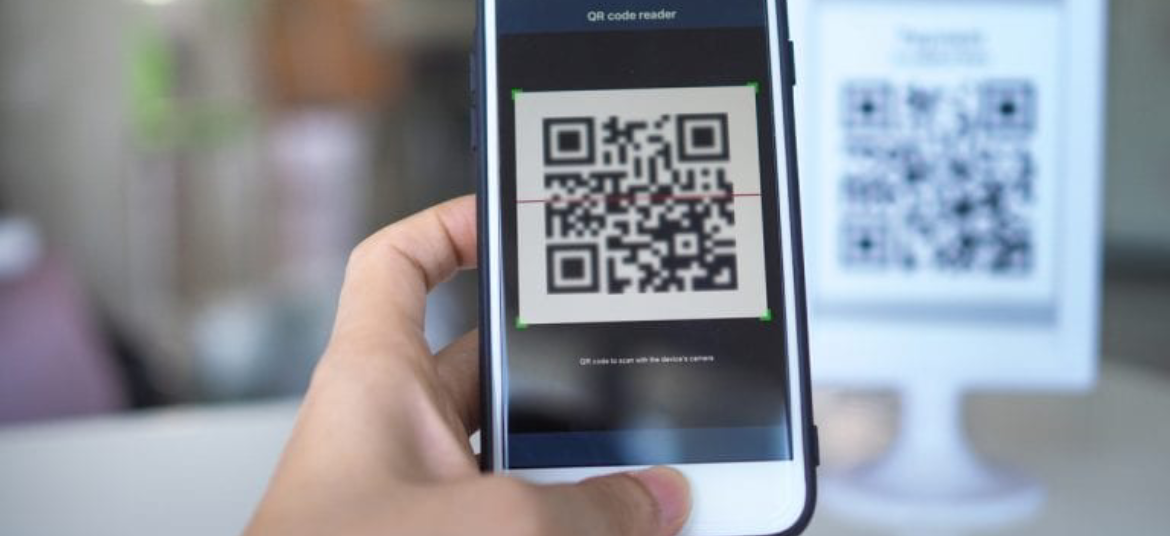ASEAN nations are establishing cross-border QR payment services as they offer a faster, cheaper, and more transparent mode of cross-border payments, which can boost tourism and trade and promote financial integration in the region

In November 2022, the State Bank of Vietnam (SBV) and Bank of Thailand (BOT) officially launched QR-based payment services between the two nations. First piloted for customers of Thailand’s Bangkok Bank and Vietnam’s TP Bank, BIDV and Sacombank in 2021, the QR payment service enables Thai and Vietnamese citizens to make cross-border payments for goods and services, real-time, in their own currencies and using their mobile banking apps.
Prior to that, in September 2022, Indonesia and Thailand launched their own bilateral QR-based cross-border payment service. The two services are only the latest in a spate of cross-border QR payment linkages initiated in the last 18 months.
It’s not just bilateral services that are growing, though. November 2022 also saw the emergence of a multilateral effort to create a common contactless QR payments zone in the ASEAN region. Central banks of five ASEAN nations — Bank Indonesia, Bank Negara Malaysia (BNM), Bangko Sentral ng Pilipinas (BSP), Monetary Authority of Singapore (MAS) and BOT — signed an agreement to strengthen cooperation on payment connectivity to support faster, cheaper, more transparent, and more inclusive cross-border payments, including QR code payments.
FAST, CHEAP, SECURE AND TRANSPARENT
QR payment connectivity allows tourists, migrant workers and importantly, micro, small and medium enterprises (MSME) to make cross-border payments in a convenient, fast, secure and transparent manner.
It provides a low-cost and easily accessible alternative to traditional cross-border payment services like SWIFT. By promoting the use of local currencies, QR payment linkages bypass the need for an intermediary currency like the US dollar or Chinese renminbi, thereby lowering costs, besides supporting greater financial integration between nations.
Little wonder, then, that bilateral QR payment services in the ASEAN region have gathered pace since Thailand first launched the service with Vietnam in April 2021 and then, with Malaysia in June 2021. Last year, Singapore established QR payment links with Thailand. And it intends to launch the service with Indonesia, Malaysia and the Philippines this year.
MAKING THE TRANSACTION
How do cross-border QR-based payments work? They’re essentially based on interconnecting the national QR codes of payments between two countries.
Take the case of Indonesia and Thailand, for instance. Essentially, Indonesian users can scan Thai QR codes on their mobile phone apps to pay merchants in Thailand, while Thai users can use the Quick Response Code Indonesian Standard (QRIS) to pay merchants in that country for goods and services.
HUGE BENEFITS
Central banks and ASEAN governments are seeing huge benefits arising from QR payment linkages. For one, it could help expand trade and tourism by simplifying cross-border payments. Migrant workers can transfer money home real-time at lower transaction costs. MSMEs can potentially unlock new markets. Access to digital payment services will also improve financial inclusion and integration.
Since the transaction takes place real-time, there is payment security with lower settlement risk. Further, since the inter-operable system allows the buyer’s home currency to be converted into the lower currency instantly, it reduces dependence on intermediary currencies, strengthening macroeconomic stability.
Given their greater transparency, QR payments could also help enhance financial traceability and accountability, which could reduce cross-border fraud. Cross-border data sharing can also facilitate KYC processes.
Undoubtedly, cross-border QR payment systems must be designed to be highly secure and transparent, besides being easy to use and access. But given that ASEAN central banks have identified payment digitalisation and cross-border payments as a priority agenda, QR payment connectivity is only like to grow across the region and help strengthen its financial integration.

Kavita Panda is our Chief Operating Officer and Country Manager for India. Kavita was Executive Director of The Walt Disney Company India, wherein, she spent a decade and half in various business roles across Content Syndication, Licensing and Merchandising, Solution Sales and Advertising Sales.
Stay up to update with our latest news.
Have Us Contact You
